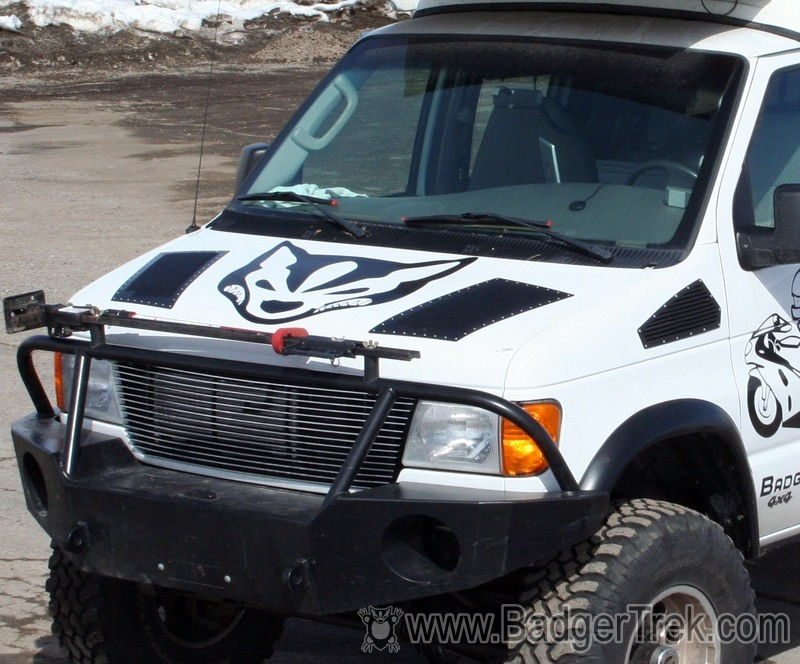I'm seriously considering installing hood louvers on my Montero. I'm also considering and pondering the effects of installing a hood scoop.
I understand the functionality of add louvers, they let heat out, at pretty much any vehicle speed. But my primary concern with a hood scoop is that it may disrupt the proper flow pattern for pulling air through the radiator at highway speeds. Sure, it will force (cooler) air into the engine bay, but I'm worried that the pressure would be to great, limiting the efficiency of the radiator and fan.
And for the record, I'm less concerned about looks than functionality.
Thoughts on this subject?
I understand the functionality of add louvers, they let heat out, at pretty much any vehicle speed. But my primary concern with a hood scoop is that it may disrupt the proper flow pattern for pulling air through the radiator at highway speeds. Sure, it will force (cooler) air into the engine bay, but I'm worried that the pressure would be to great, limiting the efficiency of the radiator and fan.
And for the record, I'm less concerned about looks than functionality.
Thoughts on this subject?






